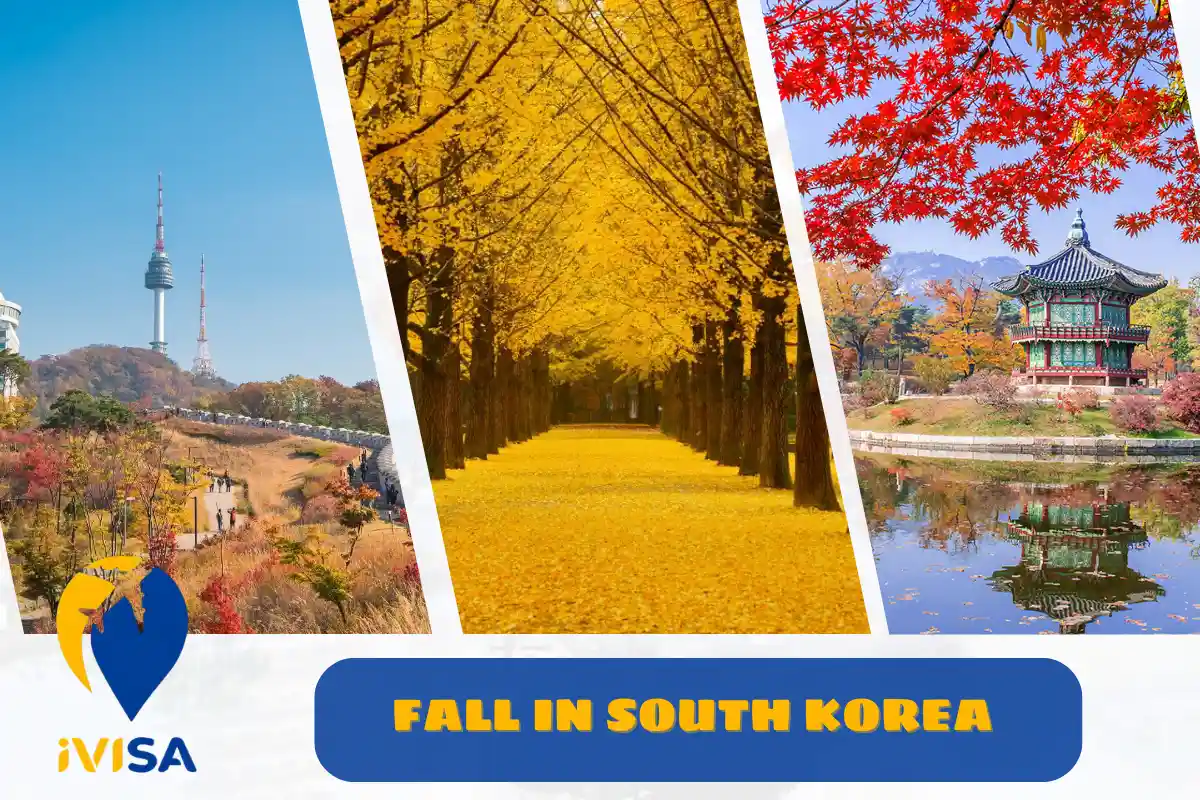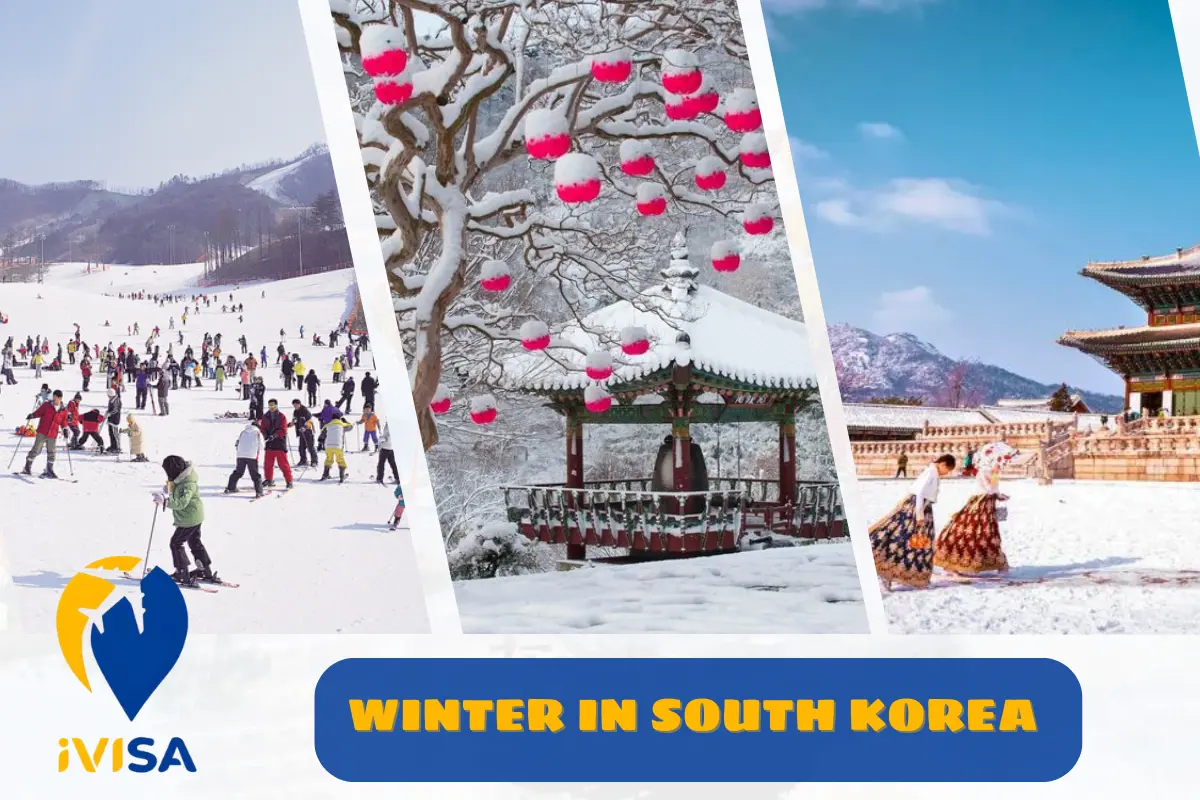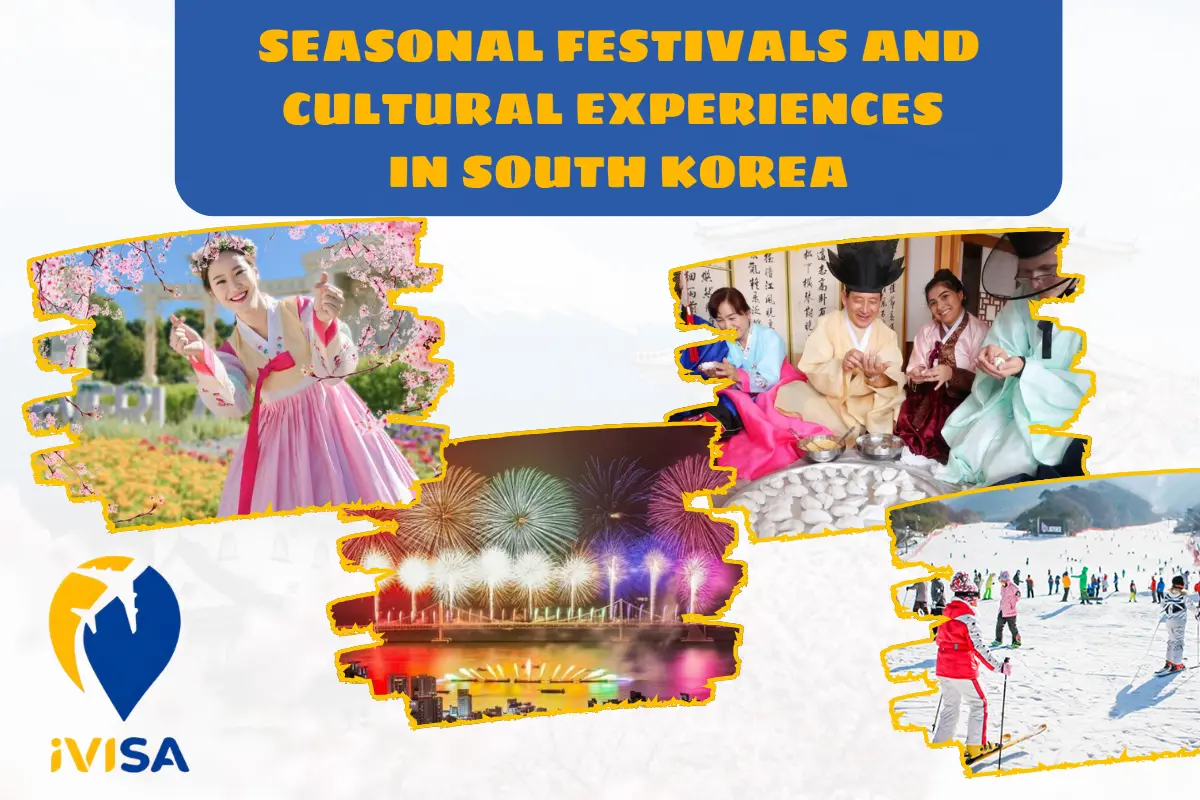South Korea is a captivating destination all year round, where nature and culture blend beautifully. Choosing the right time to visit ensures a fulfilling trip, with every moment worth remembering. Each season has its own charm, from spring cherry blossoms, summer blue seas, autumn red leaves, to winter white snow. Let’s explore the seasons in South Korea in detail with iVISA so you can choose the best time for your trip!
Overview of Traveling to South Korea and Its Seasons
Spring in South Korea: A Blooming Cherry Blossom Wonderland from March to May
Spring brings pleasant weather and cherry blossoms in full bloom across Seoul, Nami Island, and Jeju Island. This is the ideal time for photography, strolling, and participating in flower festivals. Travel experiences in April show that spring is the most popular season for tourists.
Summer in South Korea: Blue Seas and Vibrant Festivals from June to August
Summer is hot and humid, occasionally with showers. Travelers should prepare light clothing, sun protection items, and plan activities such as summer festivals or beach visits. Traveling to South Korea in June helps you enjoy the lively summer while staying comfortable.
Autumn in South Korea: Romantic Red Leaves and Traditional Culture from September to November
Autumn offers cool, pleasant weather with red maple leaves decorating parks and mountains, creating romantic scenery. The Chuseok Mid-Autumn Festival provides opportunities to experience traditional culture and enjoy Songpyeon cakes. Many visitors wonder where to go in autumn, and it is an ideal time for exploring parks, mountains, and autumn cuisine.
Winter in South Korea: White Snow and Sparkling Lights from December to February
Winter is cold with snowfall, perfect for skiing, light festivals, and exploring winter culture. Winter travel tips highlight the importance of preparing warm clothing and essential items to ensure a safe and comfortable trip.
Travel Tips by Season and Month
Spring – March to May
Spring in South Korea brings fresh air and widespread cherry blossoms. This is ideal for strolling, photography, and tasting street food. If you wonder what is beautiful in April, Nami Island and Yeouido Park are must-visit check-in spots.
- March: Visit Seoul, explore Yeouido, and enjoy Korean specialties.
- April: Picnic among cherry blossoms, take memorable photos, and buy small souvenirs.
- May: Ideal for hiking on Jeju Island, exploring farms, and tasting fresh spring fruits.
Recommended clothing includes light jackets, long pants or thin skirts, sunscreen, and lip balm. For April, choose outfits that are comfortable yet stylish for festivals and outdoor activities.
Summer – June to August
Summer in South Korea features blue seas, white sand, and lively festivals. Popular destinations include Haeundae Beach, Jeju Island, and Sokcho. For those who love summer festivals, the Boryeong Mud Festival and summer music festivals are highly recommended.
June: Visit museums, stroll shopping streets, and enjoy street food to avoid the heat.
- July: Beach trips and music festivals.
- August: Participate in water festivals and relax on Jeju Island.
Autumn – September to November
Autumn is favored for its red maple leaves and cool weather, perfect for romantic moments and cultural experiences, especially during Chuseok.
Highlights include Seoraksan, Seoul Forest, and Nami Island.
- September: Hiking, photographing red leaves, and exploring Seoul. Light clothing with a thin jacket is recommended.
- October: Experience Chuseok and wear outfits that are both warm and fashionable.
- November: Capture golden leaves, attend lantern festivals, and shop for souvenirs.
Layering is ideal for autumn clothing, providing warmth and flexibility when moving around.
Winter – December to February
Winter is cold with frequent snow, perfect for skiing and light festivals. Popular spots include Yongpyong, Pyeongchang, and Everland.
- December: Attend light festivals and go skiing.
- January: Visit hot springs.
- February: Capture snowy photos and shop for gifts.
Winter travel tips emphasize dressing warmly with thick coats, gloves, hats, non-slip shoes, and scarves for outdoor activities.
Seasonal Festivals and Cultural Experiences in South Korea
Spring: Cherry Blossom Festivals and Renewed Energy
Spring unveils blooming cherry blossoms in Jinhae, Yeouido, and Jeju Island. Parks and streets are painted with soft pink hues, creating unforgettable romantic scenes. Spring is ideal for enjoying the scenery and joining lively festival activities.
Summer: Music Festivals, Sea, and Fireworks
Summer is the season for Busan Beach festivals, international music events, beer festivals, and dazzling nightly fireworks. Despite the heat, the vibrant atmosphere is unmissable.
Autumn: Chuseok – Korean Mid-Autumn Festival
When maple and ginkgo leaves turn red and gold, South Korea adorns itself in autumn beauty. Chuseok allows visitors to wear hanbok, participate in traditional games, and taste Songpyeon cakes. Autumn is ideal for both festival participation and nature viewing.
NPlanning a trip in autumn? Note that it is the peak season with high international tourist volume. Preparing your Korean visa early is crucial. Contact and book iVISA’s South Korea tourist visa service now to receive full consultation on procedures, fast support, and guaranteed travel plans without disruptions.
Winter: Snow Festivals and Ski Experiences
Winter offers snowy landscapes and colorful festivals. Visitors can try ice fishing, skiing at Yongpyong or Vivaldi Park, and enjoy festive lights and markets in Seoul. Hot dishes like kimchi stew, spicy beef soup, and tteokbokki add warmth to the experience.
Clothing and Packing Tips
A perfect trip to South Korea starts with packing the right clothes and luggage. Choosing suitable outfits can really boost everyone’s mood!
| Season/Month | Clothing | Material | Essential Items |
| Spring (3–5) | Light jacket, long pants, skirt | Cotton, light wool | Sunscreen, sneakers, lip balm |
| Summer (6–8) | T-shirts, light skirts, shorts | Cotton, linen | Hat, sunglasses, raincoat, water bottle |
| Autumn (9–11) | Layering: long-sleeve + light jacket | Cotton, light wool | Comfortable shoes, scarf, small bag, camera |
| Winter (12–2) | Thick coat, gloves, hat | Wool, fleece | Non-slip shoes, moisturizer, lip balm |
Recommended Destinations
To make your trip to South Korea truly fulfilling, choosing destinations according to the season is essential. Each season here has its own unique charm — from vibrant cherry blossoms and bustling beaches to romantic autumn foliage and dazzling snow festivals.
| Season | Recommended Destinations | Must-Do Activities |
| Spring | Yeouido, Nami Island, Jeju Island | Cherry blossom viewing, picnic, photography |
| Summer | Haeundae Beach, Jeju Island, Sokcho | Swimming, water festivals, outdoor activities |
| Autumn | Seoraksan, Seoul Forest, Nami Island | Red leaf viewing, photography, Chuseok experiences |
| Winter | Yongpyong, Pyeongchang, Everland | Skiing, light festivals, snow sightseeing |
Important Notes
While many tourists focus on destinations or peak seasons, practical factors like visas, transportation, and currency exchange are equally important.
Visa And Procedures
South Korea Tourist Visa is the first step and a major hurdle for many visitors. Complete and accurate documents are essential to avoid rejection. For guidance, contact iVISA for full support from A to Z.
Transportation Costs
Public transport is convenient and reasonably priced. Subway and bus fares range from 1,250 – 1,500 KRW per trip. Taxi starts at around 3,800 KRW, suitable for small groups to share costs. Purchasing a T-money card (~2,500 KRW) upon arrival is recommended for most public transport, offering savings and convenience.
SIM Card and Internet
Reliable internet is essential. Tourist SIM cards cost around 25,000 KRW/week, sufficient for KakaoMap or Naver Map. For groups or longer stays, renting a pocket WiFi is cost-effective and convenient.
Currency Exchange
Exchange at major banks like Shinhan or Woori Bank for safety and stable rates. Small tourist spots (Myeongdong, Hongdae) are convenient but check rates beforehand.
FAQ About Traveling to South Korea
Does the cost vary by season?
Spring and autumn are peak seasons, with flights and hotels increasing by 20–30%. Summer and winter are cheaper options. Or, in the meantime, you can also explore the best times to travel to Dubai if you’re interested in this rising “tourism kingdom” that’s been gaining popularity lately.
When is the cheapest time to visit?
January–February is the least expensive, with flight and hotel deals. Use Traveloka or similar apps for best prices.
How much does food cost?
Casual meals: 3,000–6,000 KRW; BBQ or hotpot: 10,000–20,000 KRW/person. Average daily food cost: ~600,000–800,000 VND.
Is travel insurance necessary?
Yes, it covers medical emergencies, lost luggage, and outdoor activities like skiing.
How long is the flight and when should tickets be booked?
Direct flights from Vietnam to Seoul take ~4–5 hours. Book 2–3 months in advance and monitor promotions on Traveloka, Trip, or Skyscanner.
Enjoy your South Korea travel through romantic spring cherry blossoms, summer blue seas, autumn red leaves, and winter white snow. Contact iVISA today to turn your trip into a memorable and complete experience!
iVISA Property & Citizenship
- Add: Số 99 Nguyễn Thị Nhung, phường Hiệp Bình, TPHCM
- Hotline: 0937 999 610
- Email: info.ivisatravel@gmail.com

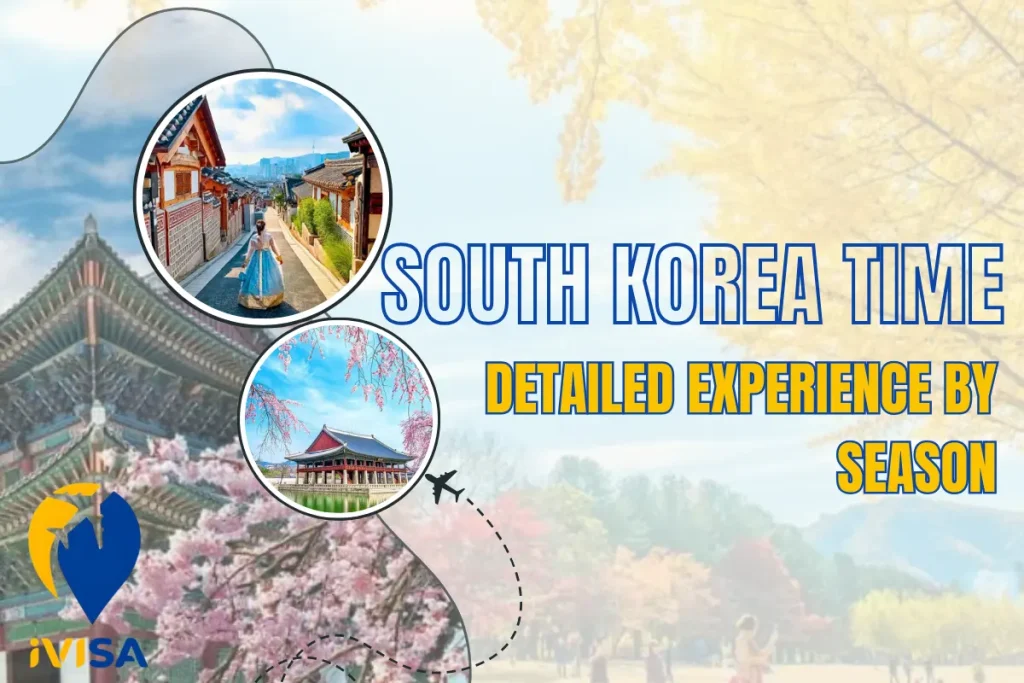
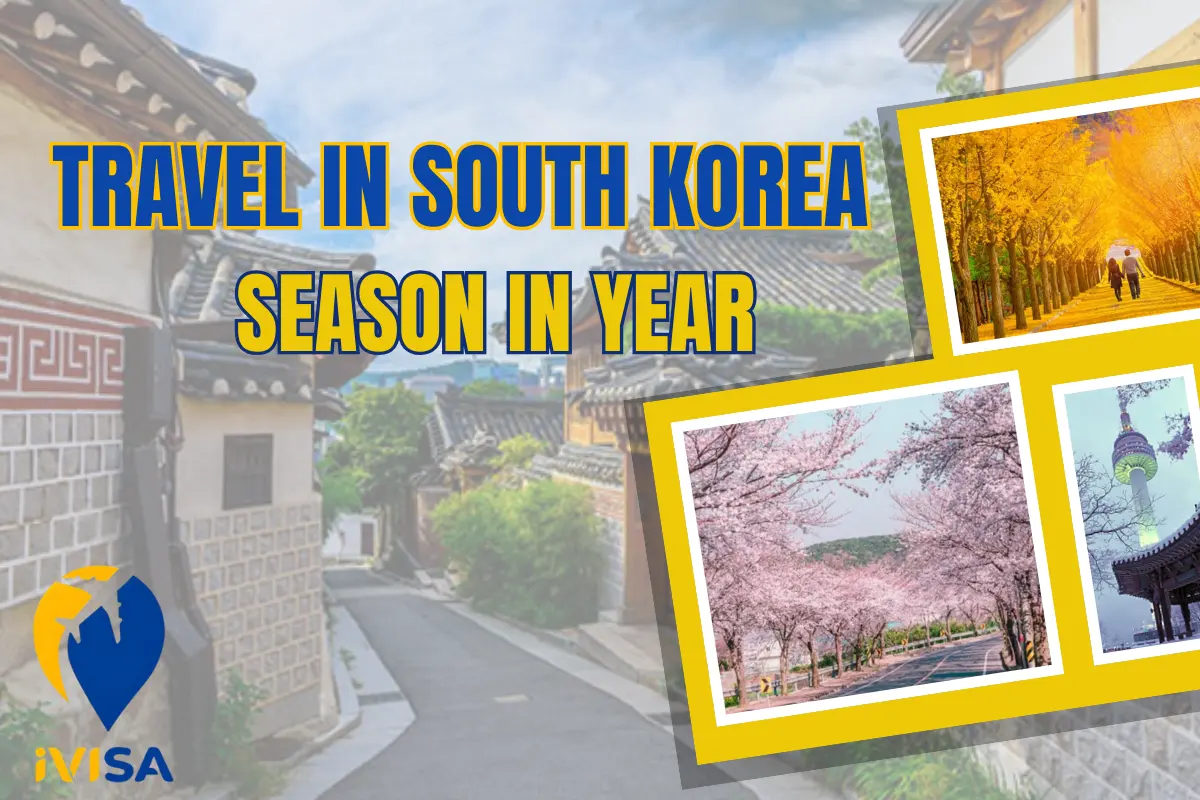
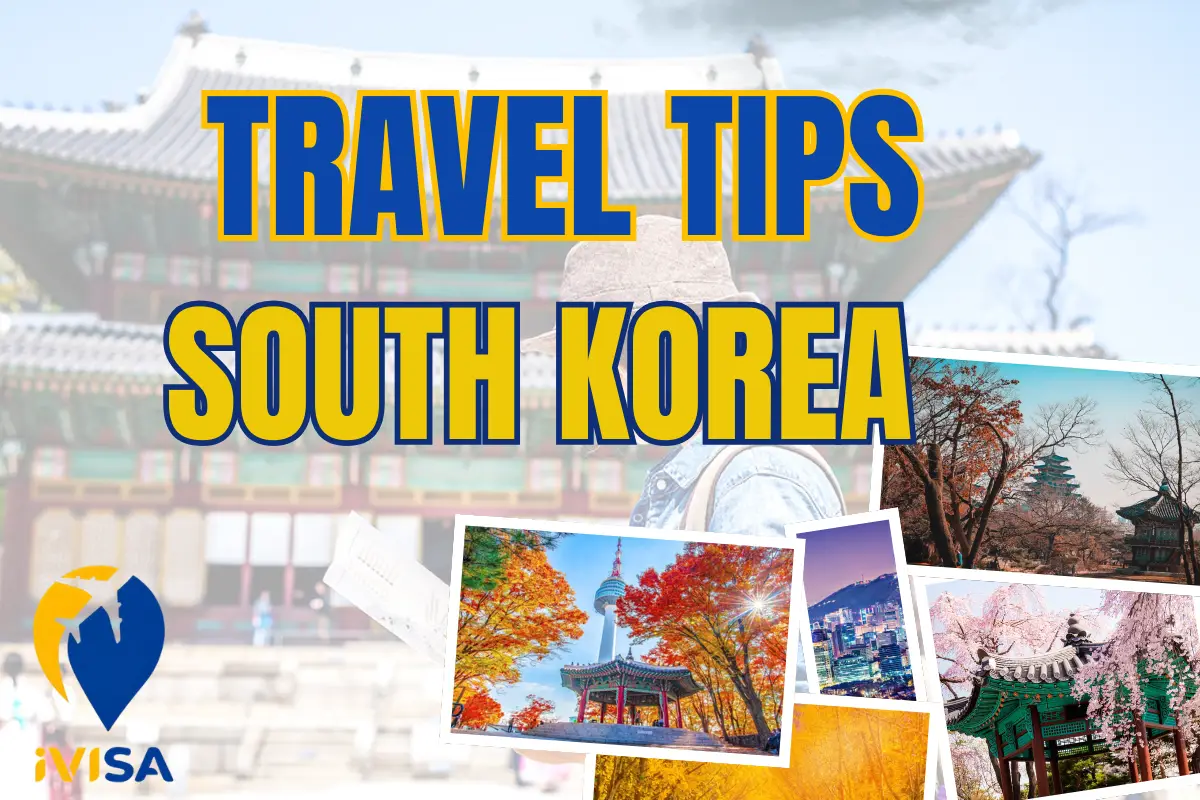
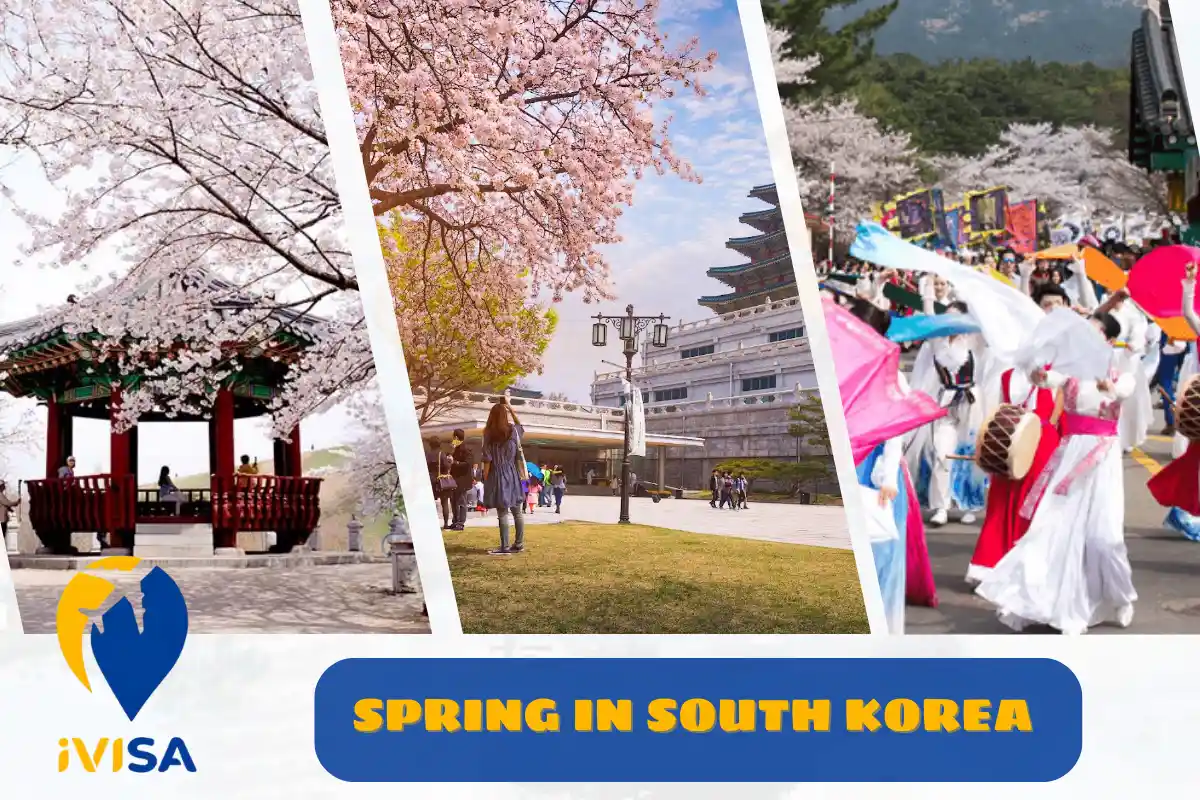
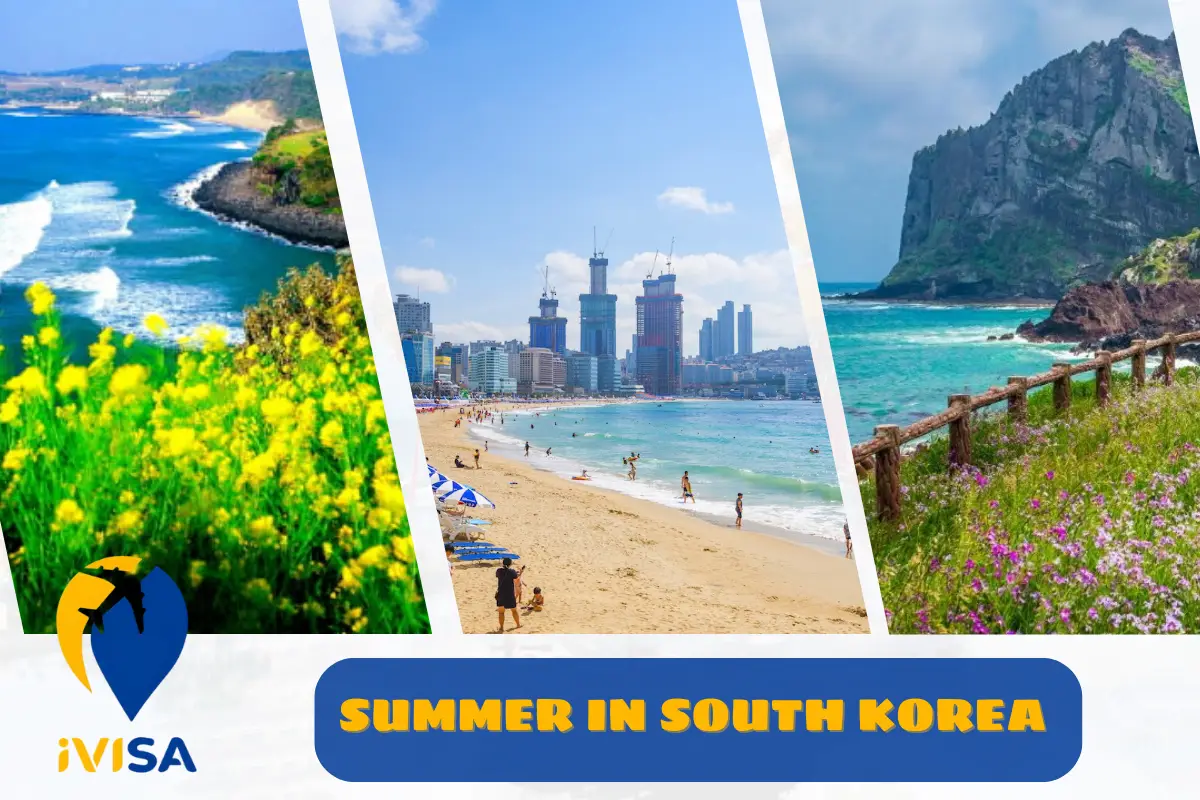 June: Visit museums, stroll shopping streets, and enjoy street food to avoid the heat.
June: Visit museums, stroll shopping streets, and enjoy street food to avoid the heat.